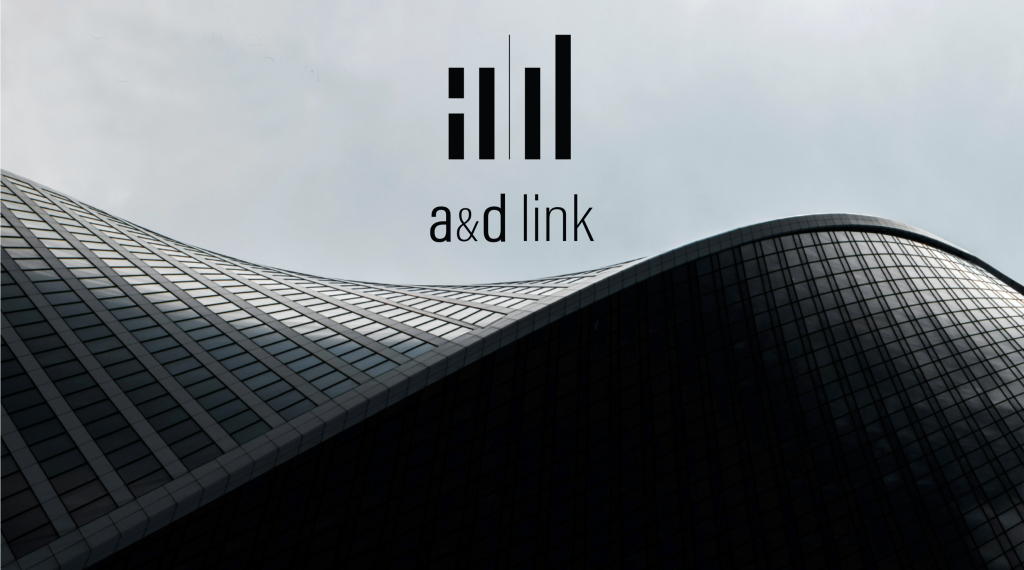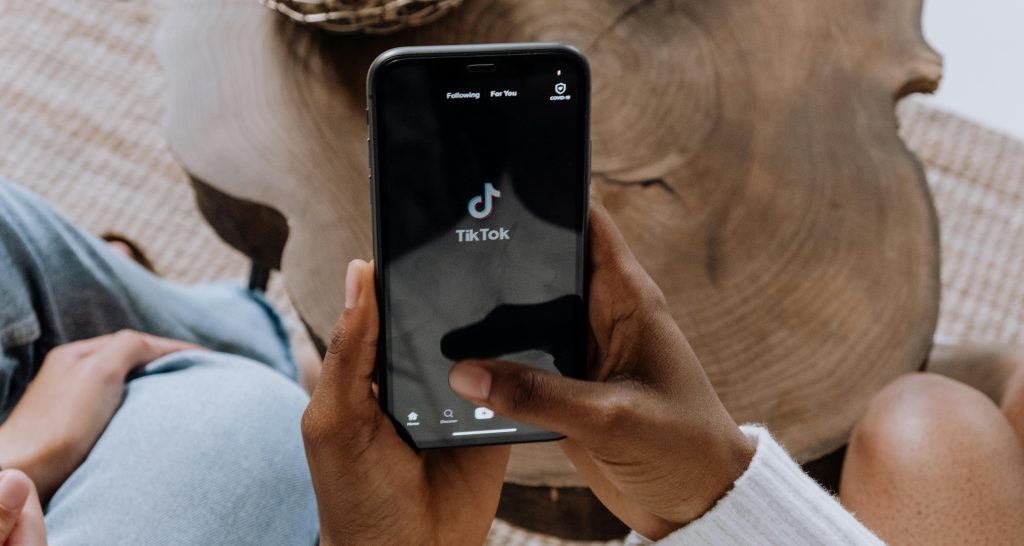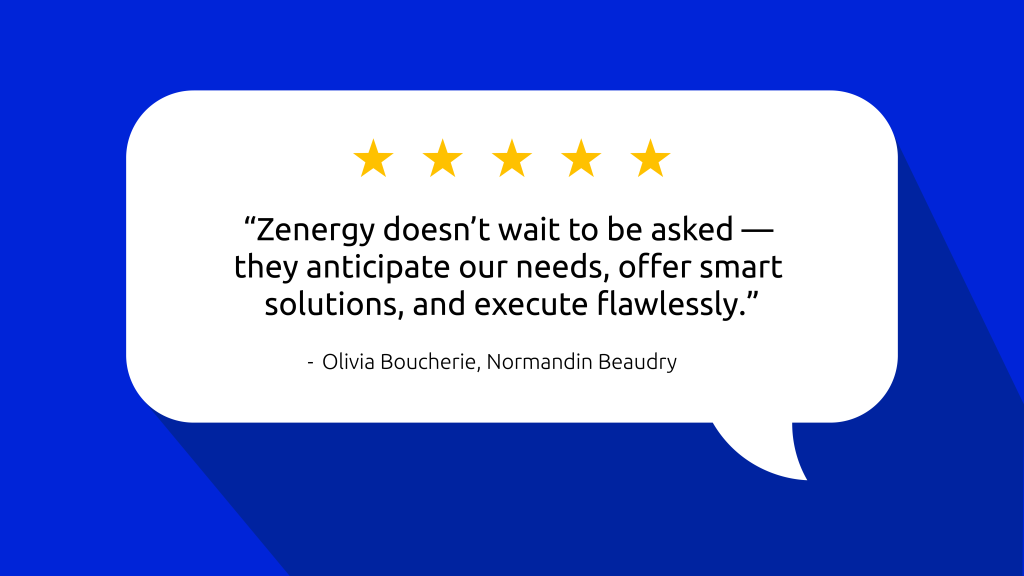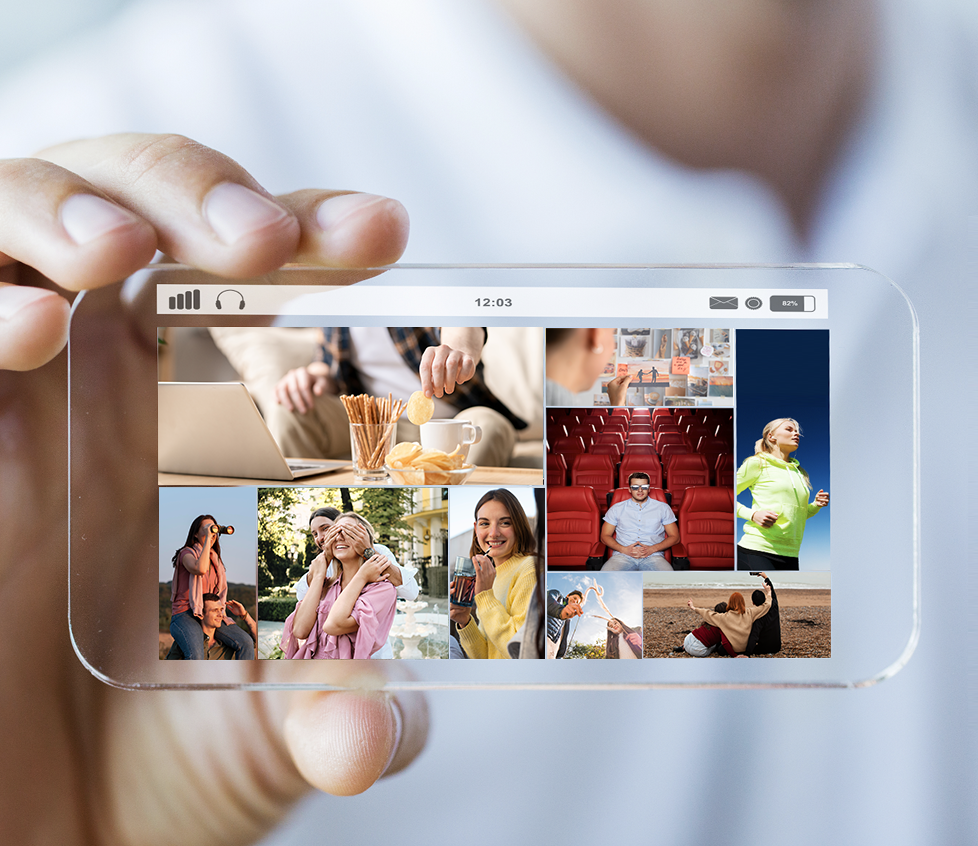Pulse by Zenergy
Ideas in Action
Your monthly dose of expert insights, trends, and strategies in marketing and communications.
This month’s theme: Collaboration.
Turning Diverse Perspectives into Unified Progress
Great ideas rarely happen in isolation. Whether it’s creative brainstorming, cross-department teamwork, or aligning with clients, collaboration is what transforms potential into progress. In fact, according to a 2024 Proofhub article, 86% of business leaders attribute workplace failures to a lack of collaborative teamwork.
By embracing different points of view and fostering effective communication, organizations can not only avoid common pitfalls but also unlock innovative solutions that drive real impact.

The Collaboration Equation
The best teams aren’t the ones that always agree — they’re the ones that challenge each other with respect, curiosity, and shared purpose.
Here’s how to create that kind of culture:
1. Encourage creative friction. Constructive debate sparks innovation — disagreement isn’t disconnection.
2. Clarify the goal. Everyone should understand the objective of the project holistically, not just the part that specifically involves them.
3. Define roles and respect them. Overlap kills efficiency; clear ownership builds trust.
4. Celebrate collective wins. Recognition should reflect the strength of the whole, not just individuals.
When collaboration becomes the default, alignment, creativity, and accountability naturally follow.
“If you want to go fast, go alone. If you want to go far, go together.”
– African Proverb –

The New Currency of Investor Relations? Attention.
#InspIRe
Investors are skimming more, clicking less, and moving faster than ever. They’re not just reading your reports; they’re comparing your story to a dozen others in seconds.
That’s why the strongest IR strategies today borrow from marketing. They design for attention — turning complex data into clarity, and clarity into confidence.
Here’s what that looks like in practice:
• Earnings releases that read like a story, not a spreadsheet.
• Slides that highlight what matters most, not everything that fits.
• Narratives that connect numbers to purpose.
Ready to rethink how you’re telling your story? Click the link below to learn more about our investor relations services.
#Poll: What kind of collaborator are you?
November's Focus: Technology
#IndustryInsight
Each month we dive into a specific industry to offer tips, trends and insights. If this month’s topic isn’t relevant to you, feel free to scroll on by!
The Power of Collaboration in Tech
In the tech sector, collaboration drives innovation, from R&D teams co-creating AI models to fintech startups partnering with traditional banks. Yet, as technology evolves faster than ever, many organizations are realizing that communication is the missing link between technical capability and market understanding.
Our insight?
In 2026, tech leaders who collaborate closely with communications experts — from PR to IR to crisis management — will stand out not just for what they build, but for how they connect.
Zenergy helps tech innovators translate complexity into clarity, bridging technical depth with human understanding.
Ready to get started?
Contact us

Collaborating Beyond Your Walls: How Strategic Partnerships Drive Brand Growth
Some of the most impactful collaborations happen outside your organization. Whether it’s working with agencies, influencers, or industry partners — the right collaborations can help you scale faster, expand visibility, and reach new audiences authentically.
But successful partnerships require more than shared objectives — they require shared values. Before you collaborate externally, ask yourself:
• Do we trust this partner to represent our brand voice?
• Will this collaboration open doors to new opportunities, audiences, or ideas?
• Does this partner challenge us to think differently and elevate our work?
The strongest collaborations are built on mutual respect, clear expectations, and a commitment to growing together. At Zenergy, we’ve built our business on partnering with clients in ways that adapt to their goals, timelines, and internal resources. Whether you need a full-service extension of your team or strategic guidance to execute in-house, we meet you where you are and help you move forward with clarity and impact.

What We're Reading

#FeelGoodStory
After more than 40 years of serving customers, an 81-year-old waitress was finally able to retire thanks to the collective kindness of strangers online.

We also want to recognize the people that are working to keep those stories and legacies alive including our own Sarah Hoodspith whose great grandparents and grandparents were all veterans (WWI and WWII) having fought on behalf of Britian and Canada. As associate member of the Royal Canadian Legion, she is actively involved in fundraising to support veterans and recognizing their contributions in her community.
Lest we forget.

“Every great idea we’ve ever built started as a conversation. Collaboration is how we turn those ideas into action.”
Linda Farha
President and Founder
Zenergy Communications






























